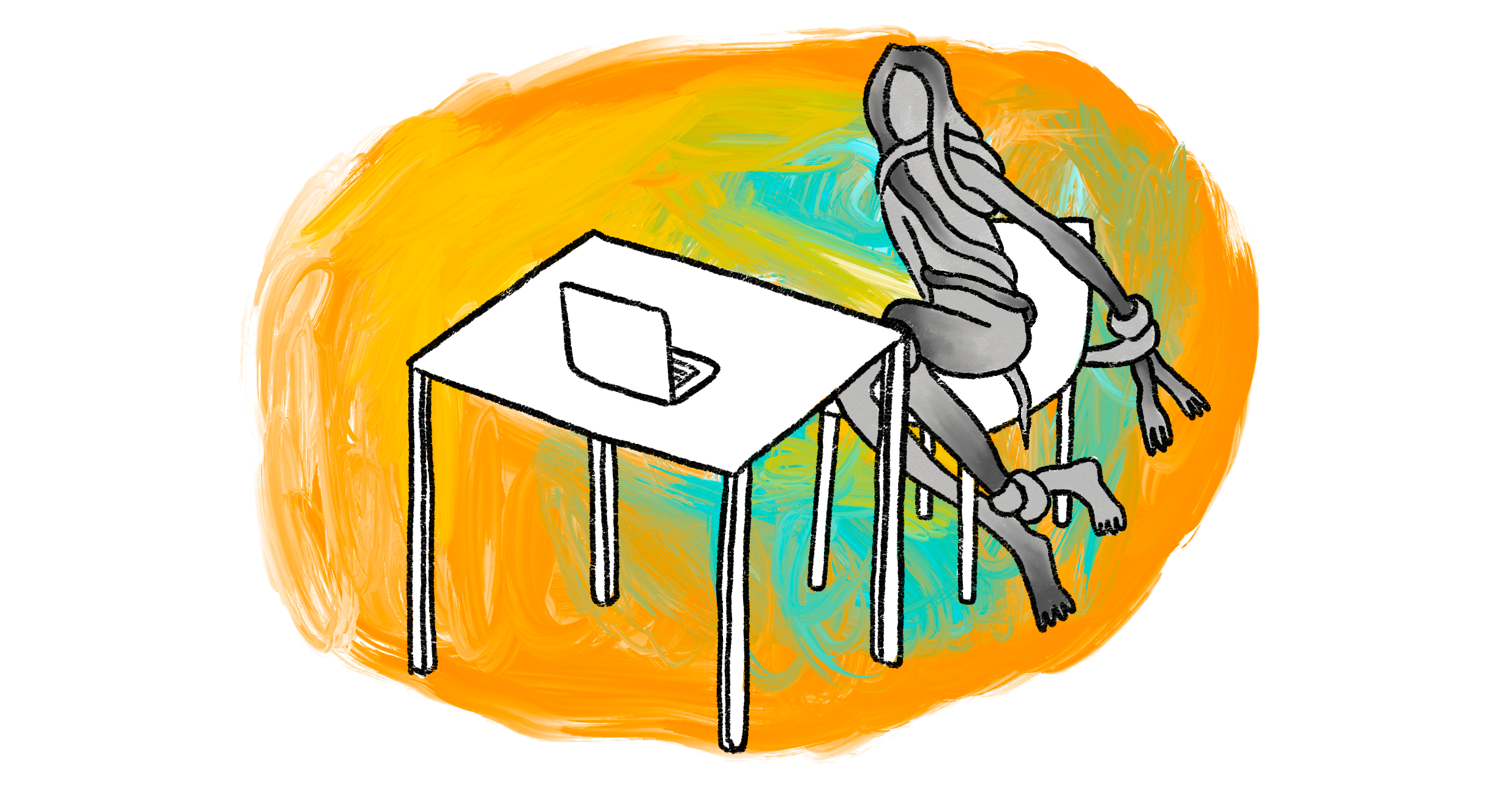You know that thing where you spend a lot of time NOT doing something?
Like you can’t actively do anything else (spontaneously nor decisively) because you’re supposed to be doing the thing, but you’re also not doing the thing because of some conflict/resistance.
I’ve decided to call this knot-doing. (I have another post in the works called knot-listening). You can just pronounce the k if you want to distinguish it from “not doing” in the daoist sense. Or call the latter “non-doing” and be done with it.
Here are some examples of knot-doing:
You might be inclined to just call this “procrastination” but I think that knot-doing is a more specific phenomenon because it points at the lack of agency experienced while being in the state of not doing something—your agency is tied up in knots. A student may be procrastinating if they go to a party instead of working on their homework, but if they’re letting go and having fun at the party then it’s not knot-doing. I’m arguably procrastinating on fixing my phone’s mobile data after a recent OS upgrade, but I’m doing loads of other stuff in the meantime.

Unresolved internal conflict, most fundamentally. You’re a bunch of control systems in a trenchcoat, and if part of you has an issue with your plan, it can easily veto it and prevent it from happening. Revealed preferences can be a misleading frame, but if you leave aside what you think you want for a moment and look at yourself as a large complex system, it’s clear to see that if the whole system truly decided to do anything in its capability, it would simply be doing it. I want to type these words, my hands move to type them. Effortless.
Sex can be a workout, physically, depending on the position, but until we actually become tired, we usually also experience it as effortless when we’re so in the flow that we just want to do it. Same with dancing. Being in a flow state, whether work or play, is basically the opposite of knot-doing.
I want to break down my above statement: “You’re a bunch of control systems in a trenchcoat”. First, what’s a control system? The simplest and most familiar example is a thermostat: you set a temperature, and if the temperature gets too low, it turns on the furnace to resolve that error, until the temperature measured by the thermostat reaches the reference level that you set for it.
But what prompts you to adjust the temperature setting? You probably walked over to the thermostat and changed it because you were yourself too hot or too cold. You have your own intrinsic reference level for temperature, which is like a thermostat in you. Except instead of just two states (furnace on, furnace off), your inner thermostat controls a dense network of other control systems which can locomote you to adjust the wall thermostat, open a window, put on a sweater, make a cup of tea, or any number of other strategies (habitual or creative) to get yourself to the right temperature.
Without explaining much more about this model (known as Perceptual Control Theory) I want to point out an important implication for internal conflict, by way of a metaphor: if your house has separate thermostats for an air conditioner and a furnace, and you set the AC to 18°C and the furnace to 22°C……. you’re going to create a conflict.
What actually happens in this scenario?
» read the rest of this entry »